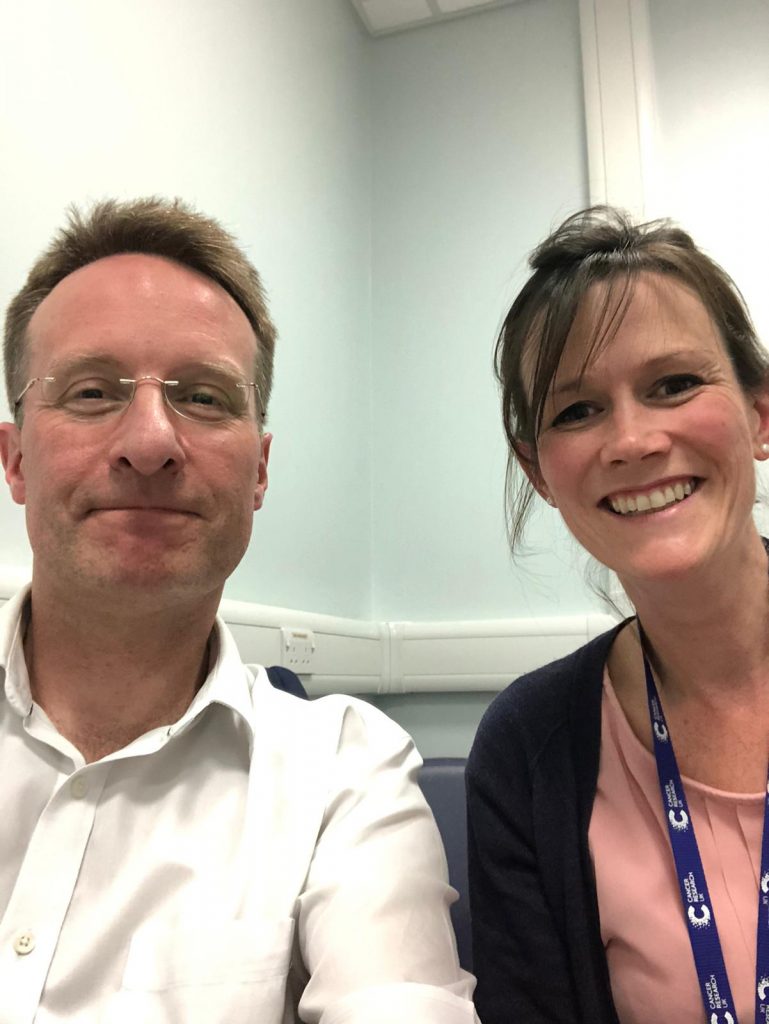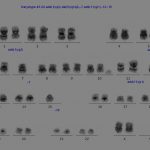The categorisation and management of the different types of Von Willebrand Disease can be confusing. Dr Will Lester explains how best to approach the diagnosis and how management differs depending on the subtype.

Dr Will Lester
Learning points
Usual presentation is with mucocutaneous/’platelet type’ bleeding
Bleeding assessment tool (BAT) is a research tool but can help with history – higher score, more likely to have an underlying bleeding disorder
vWF
Largest soluble globular protein
Primarily aids platelet binding to collagen and carrier for factor VIII (so if vWF levels are very low, FVIII levels also decreased).
Made in endothelium (Weibel-Palade bodies). Heavily glycosylated protein. Lower levels in blood group O.
Platelet binding occurs in high shear stress i.e. particularly in arterioles and the long polymerised multimers are particularly effective at platelet binding.
Initial tests: platelet count, PT, APTT, fibrinogen level – often these results can be normal
vW screen: vWF Ag, functional activity (Collagen binding and platelet binding (ristocetin traditionally used for this) with <30 iu/dL usually in vWD), FVIII level. In cases of borderline levels, repeat testing.
Additional tests once vWD suspected to aid classification:
Ratio of activity /antigen level (>0.6 in type 1 and < 0.6 in type 2 – caveat that if Ag level very low, this can’t be used)
Gel for multimer pattern- (labour intensive)
Molecular testing- mutation analysis
Collagen binding – low with type 2A
Low dose and high dose ristocetin test- in 2B will get platelet aggregation at low levels.
NB 2B is similar to platelet-type vWD or “pseudo vWD” where the mutation is on the Gp1b platelet receptor rather than the vWF – both have a loss of high molecular weight multimers and low platelet count. Distinguish the two with mixing studies with VWF concentrate or cryoprecipitate, and with genetic testing.
In patients with borderline low vW ag and activity between 30 and 50%, the low levels should be considered a risk factor for bleeding rather than the cause itself.
Type 1 Quantitative deficiency – 70% of vWD. Reduced activity and Ag in equal measure.
Type 2: 4 subtypes. Qualitative deficiency: functional deficiency usually with preserved Ag level.
A – vWF synthesised normally but poorer platelet binding ability with loss of HMW multimers. Often missense mutation.
B – Binding to platelets increased (gain of function) which means HMW multimers and platelets cleared quickly (similar presentation and investigations seen in pseudo/platelet type)
N – Defect in factor VIII binding – Low level of VIII. Can be mistaken for Haemophilia A. to confirm.
M – mutation usually in A1 domain so platelet binding abnormal. Subtypes: 2M platelet binding and 2M collagen binding. Multimers usually normal
Type 3 Autosomal recessive. Ch12 mutated allele on both chromosomes to get zero activity. Carriers can be symptomatic.
Management:
TXA very good for mucocutaneous bleeding
Desmopressin – do a trial when not bleeding and document response at 1 and 4 hours. SC, IM or IV. Often v. effective for type 1 VWD. Useful for management and for identifying rapid clearance types of VWD (e.g. Vicenza). Can try in type 2 VWD. Caution with type 2B, those under 2 years old and patients with ischaemic heart disease. Advise: fluid restrict 1.5L, risk of flushing, headache. Tachyphylaxis due to clearance of vWF stores from endothelial cells. SC better tolerated than IV.
Factor concentrate – recombinant not yet available. Intermediate purity traditionally used (contain various ratios of FVIII/VWF- caution as can get high levels of FVIII with rpt doses). More recently high purified available from blood donation but in future recombinant purified VWF will be available. Need to supplement FVIII with high purity/recombinant products.
Surgery, major surgery: aim for levels around 100%, try and keep trough >50% following surgery. VWF half life is longer than factor VIII so often they don’t need > 1 daily dosing (although can be given up to 3 x).
In pregnancy: Levels of VWF increase with pregnancy. type 3 will need prophylaxis. Other types often don’t need to give therapy unless bleeding. Desmopressin can be given in pregnancy (previous concern with risk of premature labour). Consider impact on the baby if autosomal dominant mutation.
Prophylactic vWF – for those having regular bleeds. Type 3 patients usually but sometimes other types especially if co-existing angiodysplasia (which can be associated with vWD) or during menstruation.
Acquired vWS- Adult onset bruising and bleeding. Very rare. Look for underlying conditions depending on whether antibody mediated, or physical consumption etc. e.g myeloma/MGUS/haematological malignancies/autoimmune/aortic valve/Wilms tumour/MPD with high platelet count.
Can respond well to IVIg if immune in origin- transient response.



